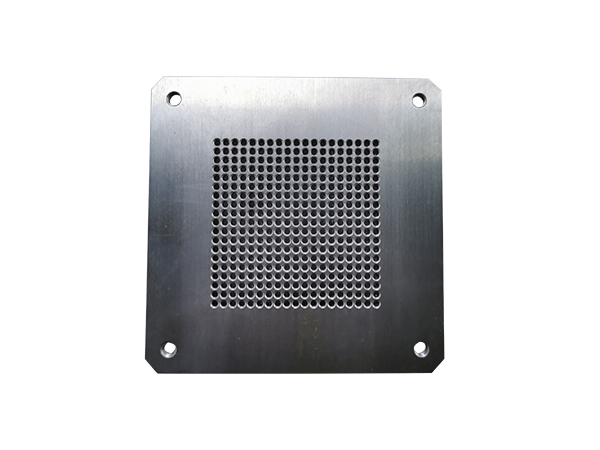4Company dynamics

The structural manufacturability of precision parts processing refers to the requirements for the design of the parts according to the characteristics of the processing technology, that is, the structural design of the parts will affect or determine the quality of the processing. It can be analyzed from the aspects of processing feasibility, convenience and economy.
(1) Analysis from the correct mark of the part drawing size: Because the CNC machining program is compiled on the basis of precise coordinate points. Therefore, the relationship between the geometric elements of each figure must be clear. The conditions of various geometric elements must be sufficient, and there should be no extra dimensions that cause contradictions or closed dimensions that affect process arrangements.
(2) Analysis under the condition of ensuring the uniformity of the benchmark: In the precision parts processing drawings, it is best to quote the size of the same benchmark or directly give the coordinate size. This marking method not only facilitates programming, but also facilitates mutual coordination between dimensions, and brings convenience for maintaining the consistency of design benchmarks, process benchmarks, inspection benchmarks and programming origins.
(3) From the structure of the blank: in order to meet the structural and technological requirements of the blank, the machining allowance of the blank should be sufficient and as uniform as possible; secondly, the reliability and convenience of the positioning of the blank during the processing should be considered, and secondly the blank should be considered The reliability and convenience of positioning and clamping during processing, so that as many surfaces as possible can be processed in one installation process. For blanks that are inconvenient to clamp, you can consider adding additional clamping margins or process bosses, process lugs and other auxiliary benchmarks on the blanks.
(4) Analyze from the deformation of the parts: For the deformation during the machining of precision parts, appropriate heat treatment processes (such as quenching and tempering, annealing, etc.) can be used before processing, or conventional methods can be used, such as rough machining and Finishing separation or symmetric removal of margins for processing is used to solve the problem.
Through the analysis of the processability of the part structure, the above four points are conducive to achieving the required processing quality, reducing the amount of processing labor, and improving labor productivity.


